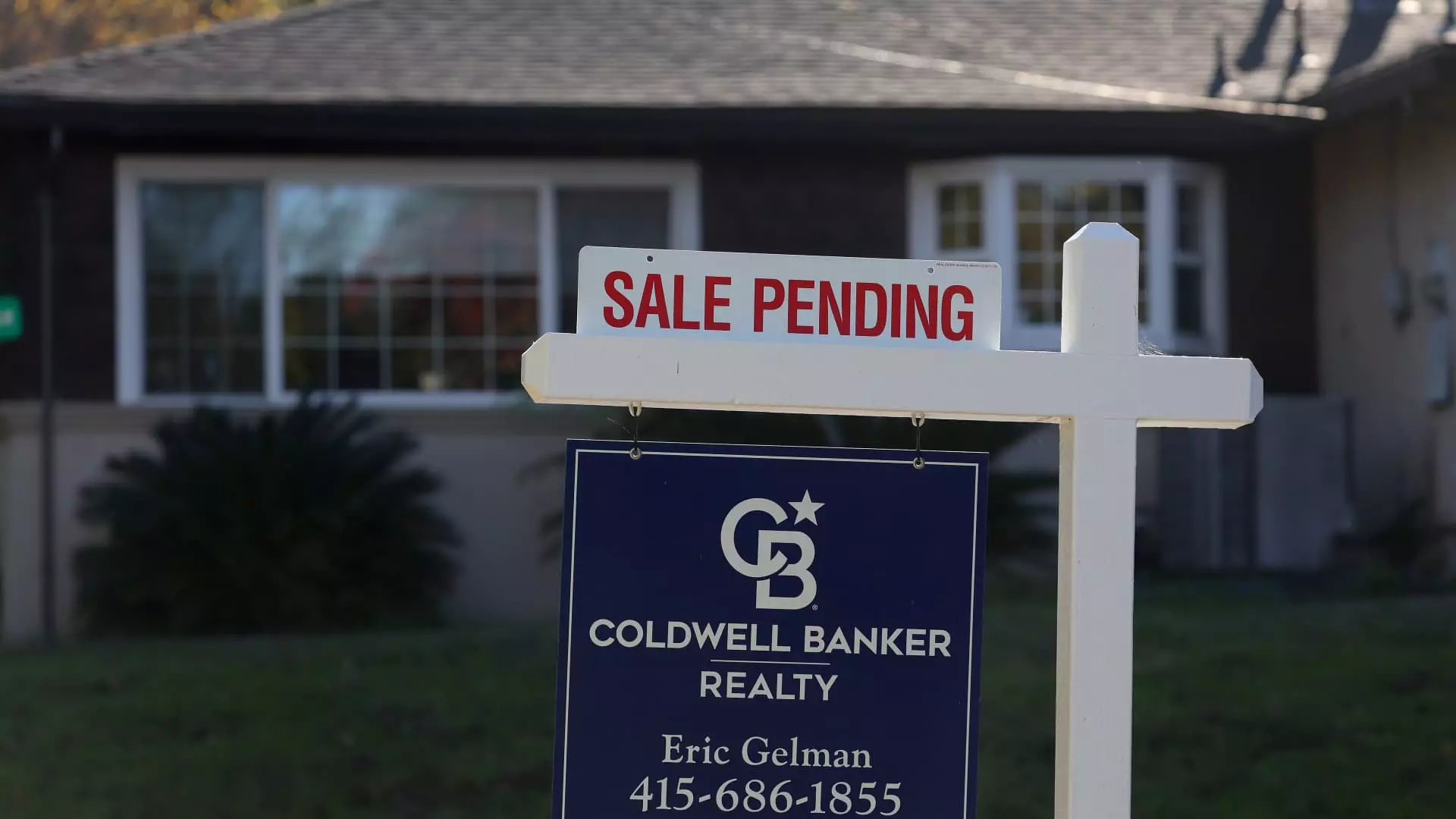The housing market saw a significant decline in signed sales contracts on existing homes in April, dropping by 7.7% compared to March. This marks the slowest pace since April 2020, according to the National Association of Realtors. Additionally, pending sales were 7.4% lower than in April of the previous year, highlighting a concerning trend for the real estate industry. The unexpected dip in sales was particularly alarming as sales were anticipated to remain flat compared to the previous month.
Effect of Escalating Interest Rates
One of the major factors contributing to the decline in home sales was the rapid increase in mortgage rates during the month of April. The average rate on the 30-year fixed mortgage soared from around 6.9% at the end of March to 7.5% by the end of April, as reported by Mortgage News Daily. This sharp rise in rates had a profound impact on buyer behavior, affecting their purchasing power and overall affordability. With home prices continuing to rise and inventory remaining low, the combination of factors created a challenging environment for prospective buyers.
The drop in home sales was experienced across all regions of the country, with the Midwest and West facing the most significant declines. The Midwest, known for its affordability, and the West, home to some of the most expensive markets, both saw notable decreases in sales activity. Despite the challenges, Lawrence Yun, chief economist for the NAR, remains optimistic about the market’s resilience, citing the potential for improved conditions following anticipated rate cuts by the Federal Reserve.
In response to the sluggish sales pace in April, a growing number of sellers started to reduce their listing prices in May, signaling a shift in market dynamics. According to a report from Redfin, the share of sellers cutting prices reached 6.4%, the highest level since 2022. Additionally, the median asking price dropped for the first time in six months, indicating a potential adjustment in pricing strategies. Despite these changes, active inventory in April was 30% higher than the same time last year, suggesting a more active summer market ahead.
While the market shows signs of adapting to the challenging conditions, the crucial role of lower mortgage rates cannot be understated. Hannah Jones, senior economic research analyst with Realtor.com, emphasized the importance of reduced mortgage rates in stimulating demand from both buyers and sellers. As the market continues to evolve in response to changing economic conditions, the outlook for the real estate industry remains dynamic and uncertain.

